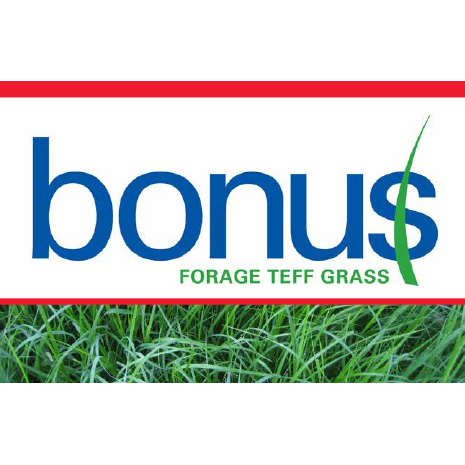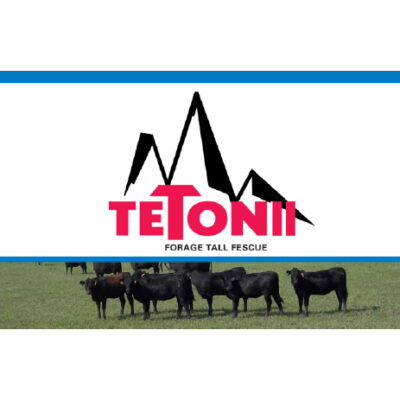Bonus Teff Grass
BONUS TEFF FOR BONUS SUMMER FORAGE
BONUS is a fine-stemmed warm season annual grass that produces multiple crops of high quality forage in a short growing season. BONUS has performed very well for growers across the country and in limited university tests for this new variety. BONUS can be used for all classes of livestock and gives growers the option of a warm season annual without concern for issues with prussic acid. Overall forage quality of BONUS teff is above average compared to many warm season grasses whether considering crude protein, digestible fiber or relative forage quality. BONUS is a very fine-textured hay, comparable to timothy, and nicely fills the gap in summer forage production for all classes of livestock.
Description
- Excellent forage quality
- Fast growing
- High-yielding
- Excellent root structure for drought tolerance
- Foliar disease resistance
- Excellent for hay
ESTABLISHMENT
New seeding: 8-12 (coated) lbs. or 4-6 (raw) lbs./ac. Into existing alfalfa: 4-5 lbs./ac. Any establishment technique should requires a frost-free growing season. Planting must prioritize seeding depth and if possible, a firm seedbed. Ideal depth for most forage seeds is 1/8-1/4 inches. Planting seeds deeper than 1/4 inch may not allow them to germinate and establish well. Sufficient seed-to-soil contact is extremely vital. Rolling or packing the soil after seeding can ensure this. If no-tilling, the right seeding depth is 1/4 inches deep. Bonus can be broadcast seeded followed by very shallow harrowing or packing.
MANAGEMENT
A soil test is highly recommended as teff needs adequate phosphorous, potassium and sulfur for optimum growth. Applying 50 pounds of nitrogen per acre at planting will be sufficient for good forage production. For optimum forage quality, teff should be harvested in the pre-boot to early boot stage, approximately 50 days after planting at a cutting height of 3 to 4 inches. Harvest regrowth in 35 to 45 days depending on environmental conditions.




